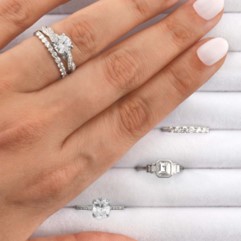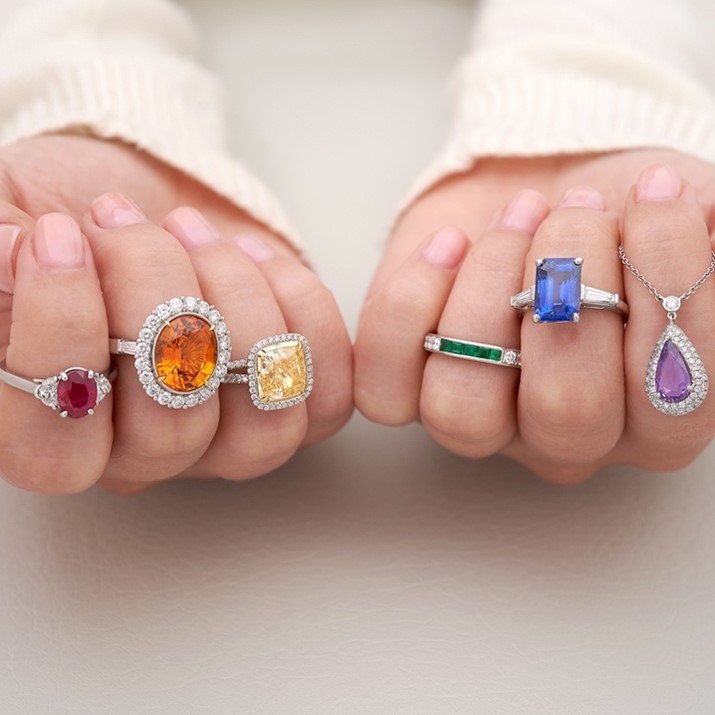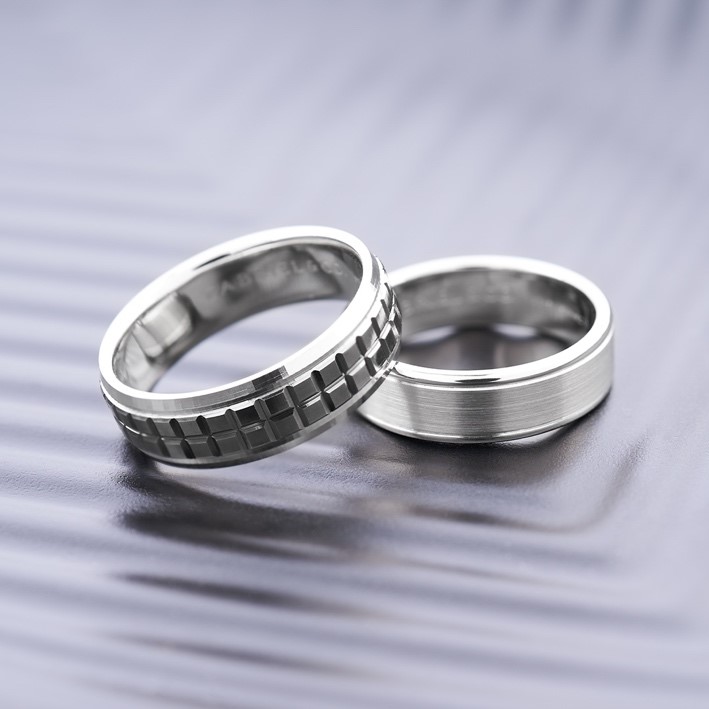Debunking Common Misconceptions About Platinum Jewelry

Among precious metals, platinum is often regarded as the most distinguished. In pop culture, platinum has become synonymous with luxury and prestige, with the phrase “going platinum” reserved for special achievements. Yet in jewelry, platinum often has misconceptions about its inherent qualities and value. These untruths often cloud consumer perceptions, hindering their decision-making process. Today we set the record straight by debunking three common myths surrounding platinum jewelry.
Myth 1: Platinum Is Too Expensive
Yes, at first glance, platinum jewelry might seem like a slightly pricier option compared to gold. Yet, the higher cost is a reflection of platinum’s intrinsic qualities. For starters, platinum is significantly denser than 14kt white gold, making every piece of jewelry heftier and more substantial. But it is not just about the weight; it is about the value and durability that comes with it.
Moreover, platinum jewelry is more pure. Most platinum jewelry contains 95% platinum, compared to 58.5% gold (for 14kt) or 75% gold (for 18kt) pieces. Therefore, a customer is getting more precious metal in their purchase. For special occasion jewelry, platinum is a smarter investment. Its durability means less maintenance over time, as opposed to white gold, which may require multiple trips to the jeweler to get replated. Over the long-term, maintenance costs can make a purchase of white gold jewelry more expensive than platinum. Platinum’s durability and the minimal upkeep make it not just a purchase, but a wise investment.

Myth 2: Platinum Is Softer Than Gold
A common misconception is that platinum is softer and less durable than gold. However, it’s important to remember that hardness does not equal durability. Thanks to its density (and lack of metal memory), platinum is the go-to metal for setting and securing precious gemstones. Its ability to hold stones more securely, combined with its natural white sheen that enhances the brilliance of gemstones, makes platinum the preferred choice for jewelry meant to last a lifetime.

Myth 3: Platinum Scratches More Than Other Metals
Another common myth inaccurately portrays platinum as being more prone to scratching than other metals. No precious metal is completely immune to wear and tear, but platinum’s durability is unmatched and wears down much slower than its counterparts. Platinum is unique because when it does get scratched, the metal simply displaces rather than flakes away. Imagine sliding your finger across a stick of butter—that’s how platinum reacts to scratches.
Conversely gold loses tiny metal flakes with every scratch and consequently its original weight. Platinum distinguishes itself by retaining its original weight over time.
Whether for special occasions or as a statement of personal style, platinum offers unmatched durability, beauty, and value. As the jewelry market continues to evolve, platinum stands out as a timeless choice that transcends trends, appealing to a diverse range of consumers worldwide.










